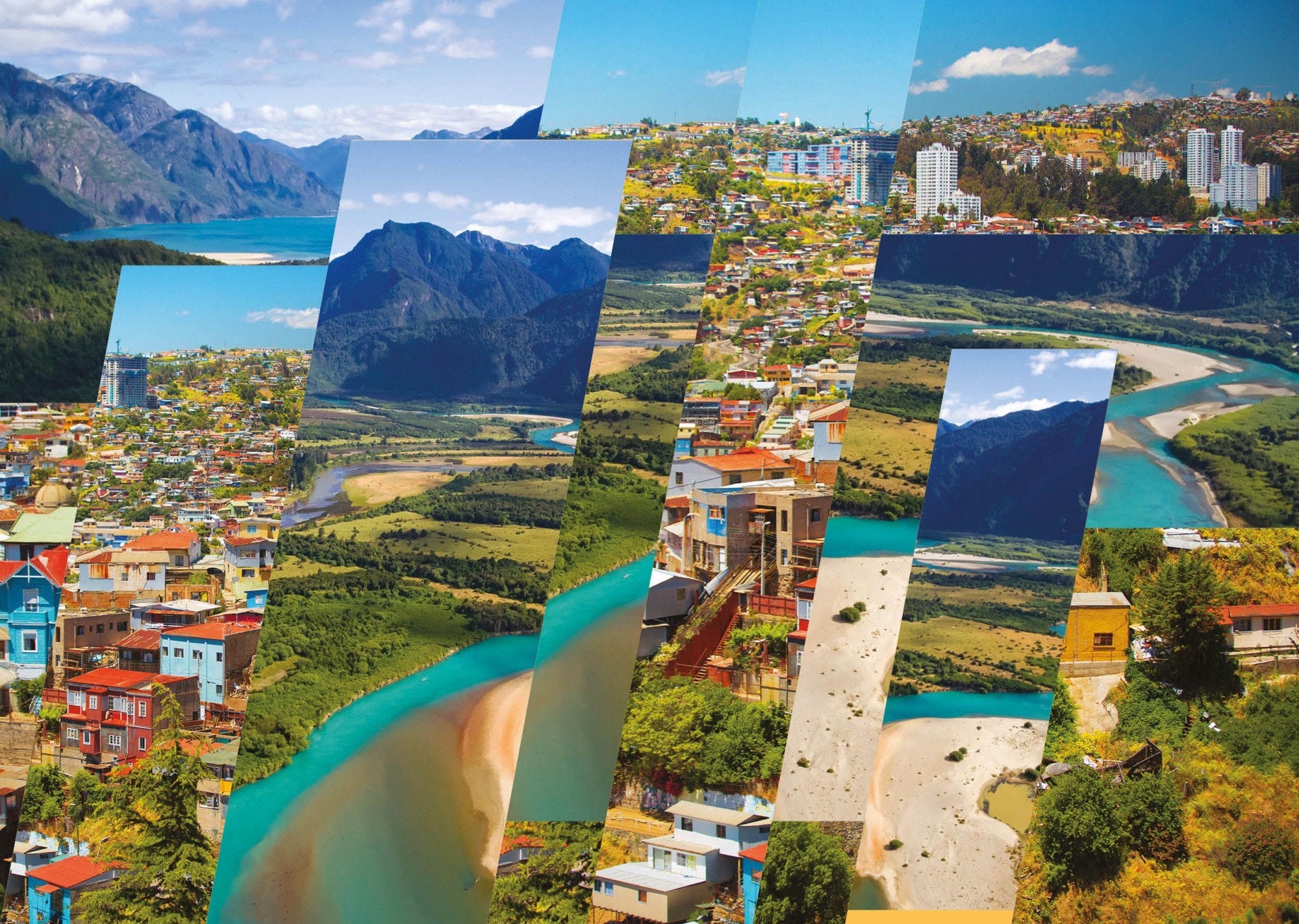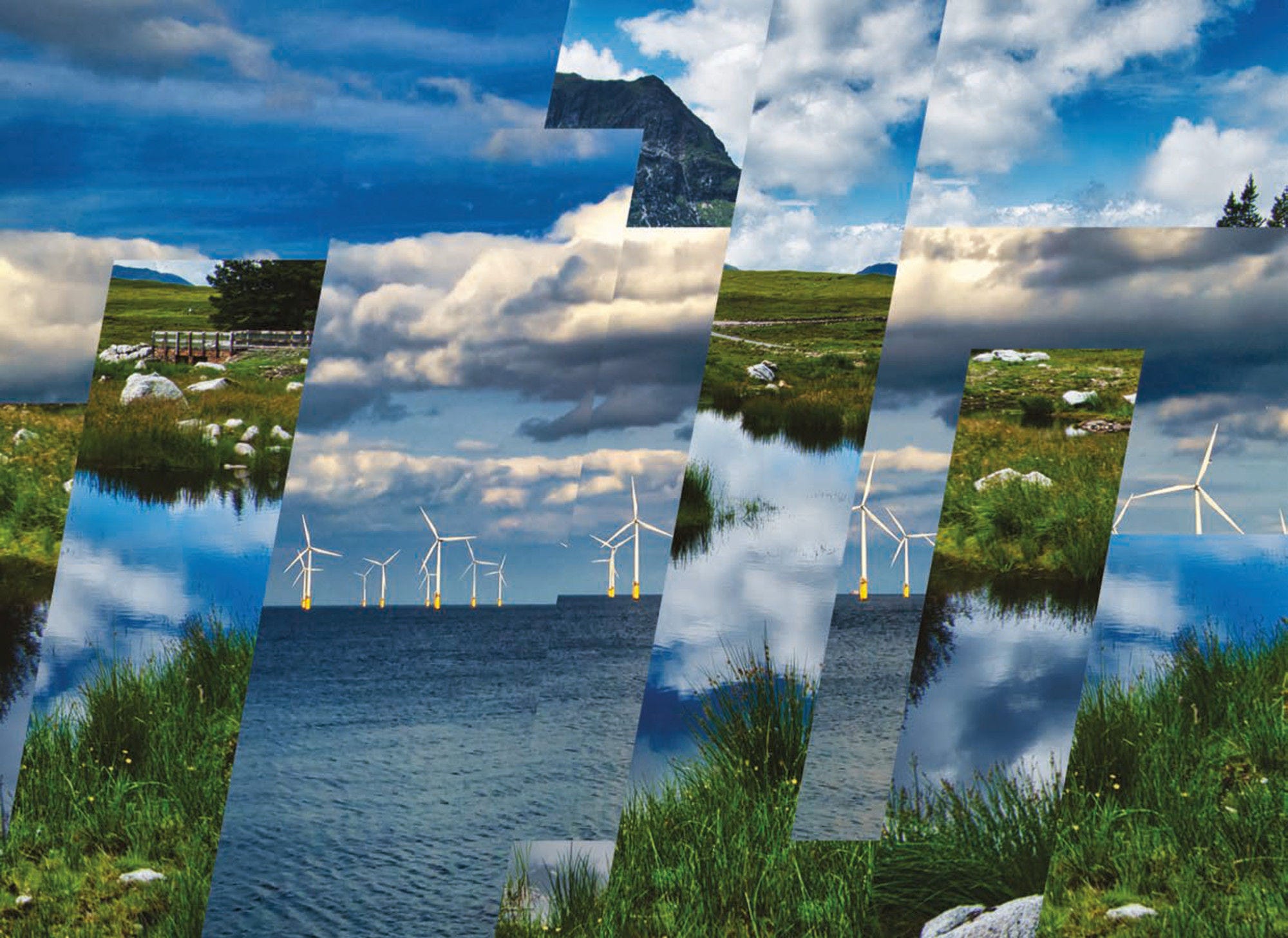Costa Rica has achieved or is on track to achieve most of the 100 targets of the National Biodiversity Strategy 2016-25. The planned update of the strategy is an opportunity to bring the multitude of biodiversity-related programmes and policy measures into a more consistent framework, reduce institutional fragmentation, and improve implementation and cost effectiveness. The strategy should also identify actions to mainstream biodiversity considerations in sectoral policies and reform harmful subsidies. Subsidies linked to production or use of inputs in agriculture and fishing could be replaced with time-bound payments targeted to vulnerable producers, as well as to further encourage sustainable farming and fishing practices. Pesticide use is high in Costa Rica. The recent regulation on agrochemical risk assessment is a step to better control its environmental and health impact.
The government acknowledges the urgent need to complete spatial planning and has taken initiatives to mainstream biodiversity in it. As of July 2021, less than half of municipalities had regulatory plans, with most of them outdated, partial and without an environmental assessment. The lack of land-use and marine spatial plans is an indirect driver of biodiversity loss. It exacerbates Costa Rica’s high vulnerability to climate-related natural hazards and pressures on coastal areas, which host much of the new tourism‑related developments.
Costa Rica has expanded its officially protected areas to cover 25% of land and 30% of marine areas, well above the respective OECD averages. An extensive network of biological corridors ensures connectivity. There is scope to improve the ecological representativeness, management and funding of protected areas. Entrance fees are a large source of finance, but they should be systematically reviewed to ensure cost recovery. The use of concessions for tourism-related services in protected areas should be extended and made more efficient, to provide additional revenues, improve quality of services and engage local communities.
The long-standing PPSA has largely contributed to restoring degraded forestlands. Building on this successful experience, Costa Rica should promptly establish a coherent framework for reinforcing the PPSA and extending it to non-forest ecosystems, in recognition of the valuable services they provide. Fuel tax revenue accounts for nearly 90% of the PPSA funds. The government should further broaden the sources of finance for the PPSA, with a view to delinking its financial viability from fuel tax revenue, which is expected to decline with the progressive shift to electric transport.














